How to grow your own flowers for confetti – create the perfect petals with these beautiful blooms
Add a personal touch to your celebration with confetti blooms you've cultivated yourself, and can enjoy for years afterwards

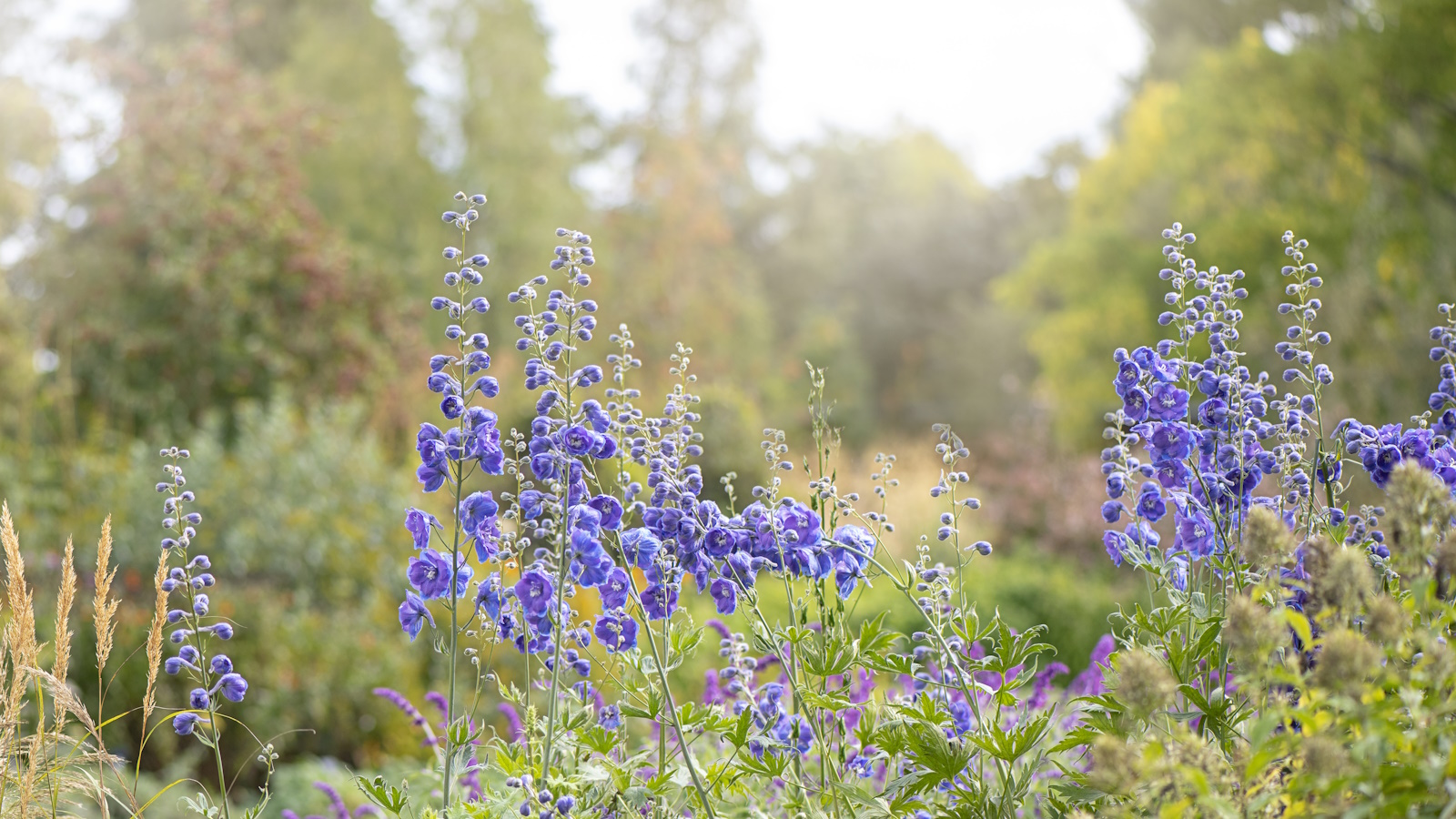
Throwing confetti at newly weds as they emerge triumphantly hitched is meant to symbolise good luck, happiness and fertility. Happy couples have been showered with everything from candy to grains, rice, petals and pastel-coloured paper shapes for centuries.
As well as conferring blessings, the synchronised throwing of confetti also makes a spectacular photo op. Flower petals make the perfect eco-friendly confetti – they are colorful, naturally biodegradable, and they also smell divine.
If you're planning a cut flower garden, they are also something that you can grow yourself, with a little patience, bringing a truly personal touch to your celebration of love. If you choose to grow perennials, they will be a yearly reminder of your wedding day, and you'll be able to pick them to create an anniversary bouquet. If you want to give this a try, we’ve spoken to gardening and wedding experts on how to grow your own flowers for confetti, including the best flowers to plant and why they make for perfect petal confetti.
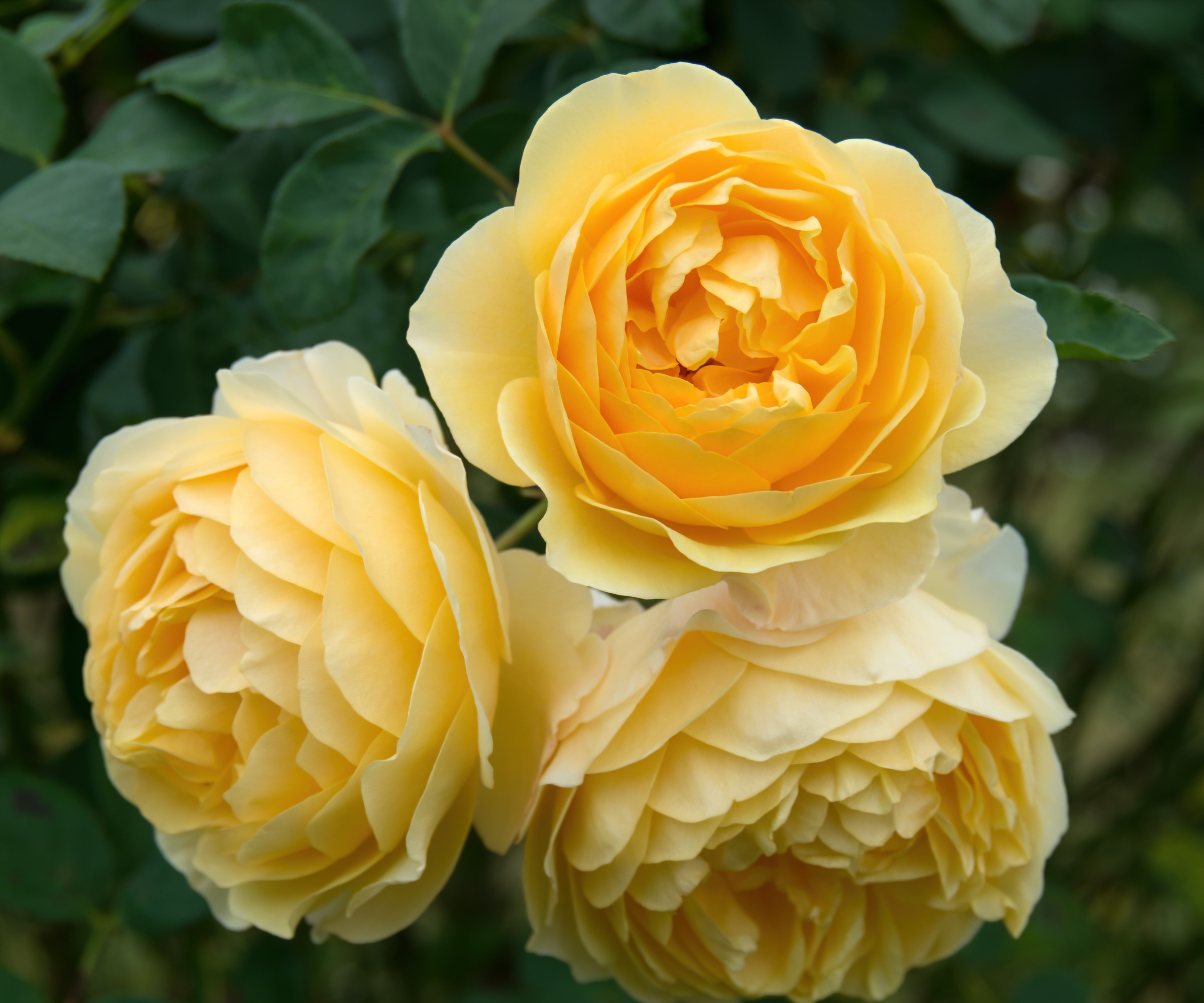
Tips for cultivating confetti flowers
Before you start, professional wedding and event planner Aurelija Gintaliene has some words for couples who want to grow their own.
‘This is a task that is doable, but there are several factors that they need to consider. First is the theme of the wedding, how many guests they plan on having, and most importantly how much time is left before the event.
‘Naturally, other factors play a role, such as weather conditions etc. but it is not as pressing.’
Knowing the colors you want, how much you will need for a couple of handfuls per guest, and how many months left you have to sow, grow and reap your confetti crop is essential to the success of this DIY project. You also need to factor in the season when they flower and check that your favorite picks don’t bloom too late for you to use them. Here are 7 of the best flowers you can grow to create your own confetti.

The COO & Co-founder of Breezit, Aurelija has been a wedding and event planner and coordinator for the last 13 years. She has organized hundreds of weddings, helping couples create their dream day.
1. Roses

‘You can't go wrong with a rose,’ says Brianna Parks, a wedding photographer and gardener. ‘They prefer slightly acidic soil and do well in zones 3-9, according to the plant hardiness zone map created by the United States Department of Agriculture, with some species being hardy in even zone 10.
Design expertise in your inbox – from inspiring decorating ideas and beautiful celebrity homes to practical gardening advice and shopping round-ups.
‘Rose petals are mimicked in faux petals for a reason – they have a high flutter factor, they keep their color, and you can find them almost everywhere. Plus, they're perennials which means they'll grow year after year.’
Look for roses with large root systems, as they are more likely to produce more flowers. Floribunda (Latin for ‘many flowering’) types are best as they produce petal-heavy clusters of flowers on every stem and bloom repeatedly.

Brianna is an elopement photographer who specialises in spectacular shoots of couples surrounded by the natural beauty of the Pacific Northwest.
2. Lavender
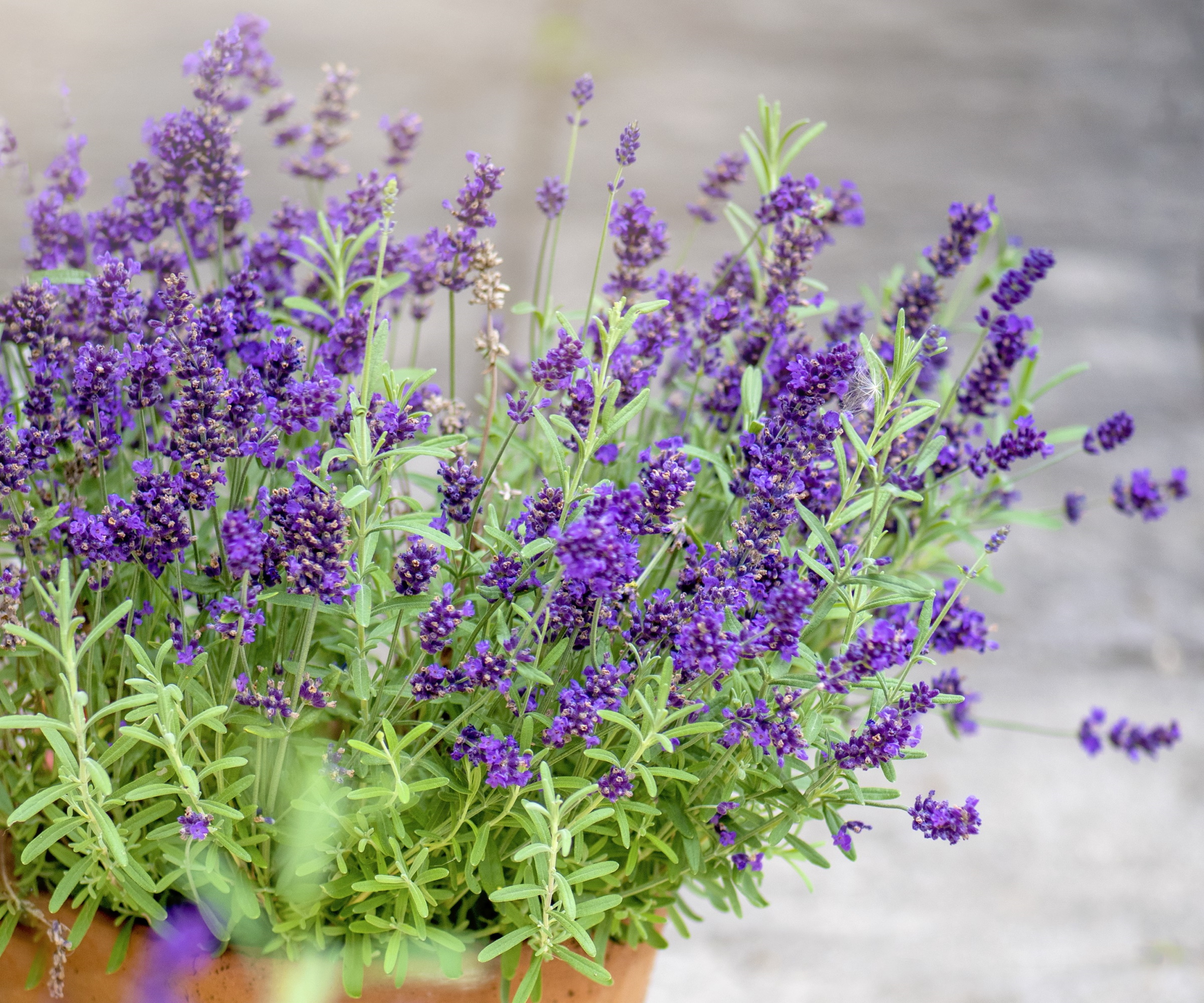
The heady scent of lavender is unmistakable, and perfect for perfuming the air as you throw it. ‘Not only that, but lavender holds its vibrant purple color really well after drying,’ says Brianna.
‘It thrives in zones 5-9 where the climate is drier and sunny. However, some varieties can be grown in zones 3 and 4 which makes this a versatile flower you can grow almost anywhere.’
3. Geum
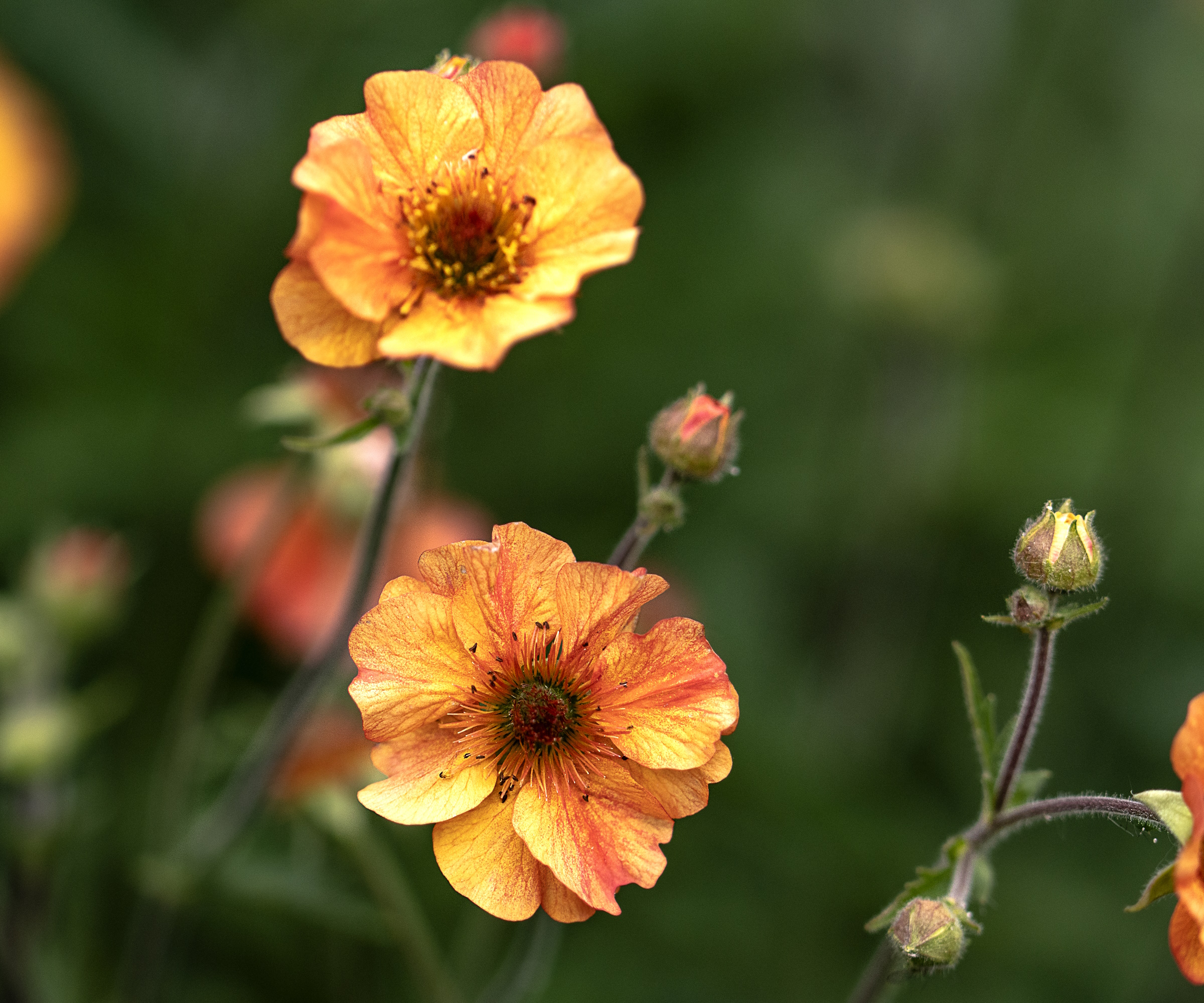
If you have a shady yard in a place where it’s both warm and a little wet, then look at planting dainty, Geum coccineum, also known as avens, which come in shades of orange, tangerine, tomato red and yellow.
Geum is a perennial that does best in hotter, more humid climates. But they don’t like too much sun. Instead, you should give them partial sun by planting them somewhere that gets afternoon shade. They also like fertile, well-draining soil.
They thrive in zones 5 to 7, and they will bloom from April to July - or longer with prompt deadheading - so would be perfect for a late spring wedding.
4. Marigolds
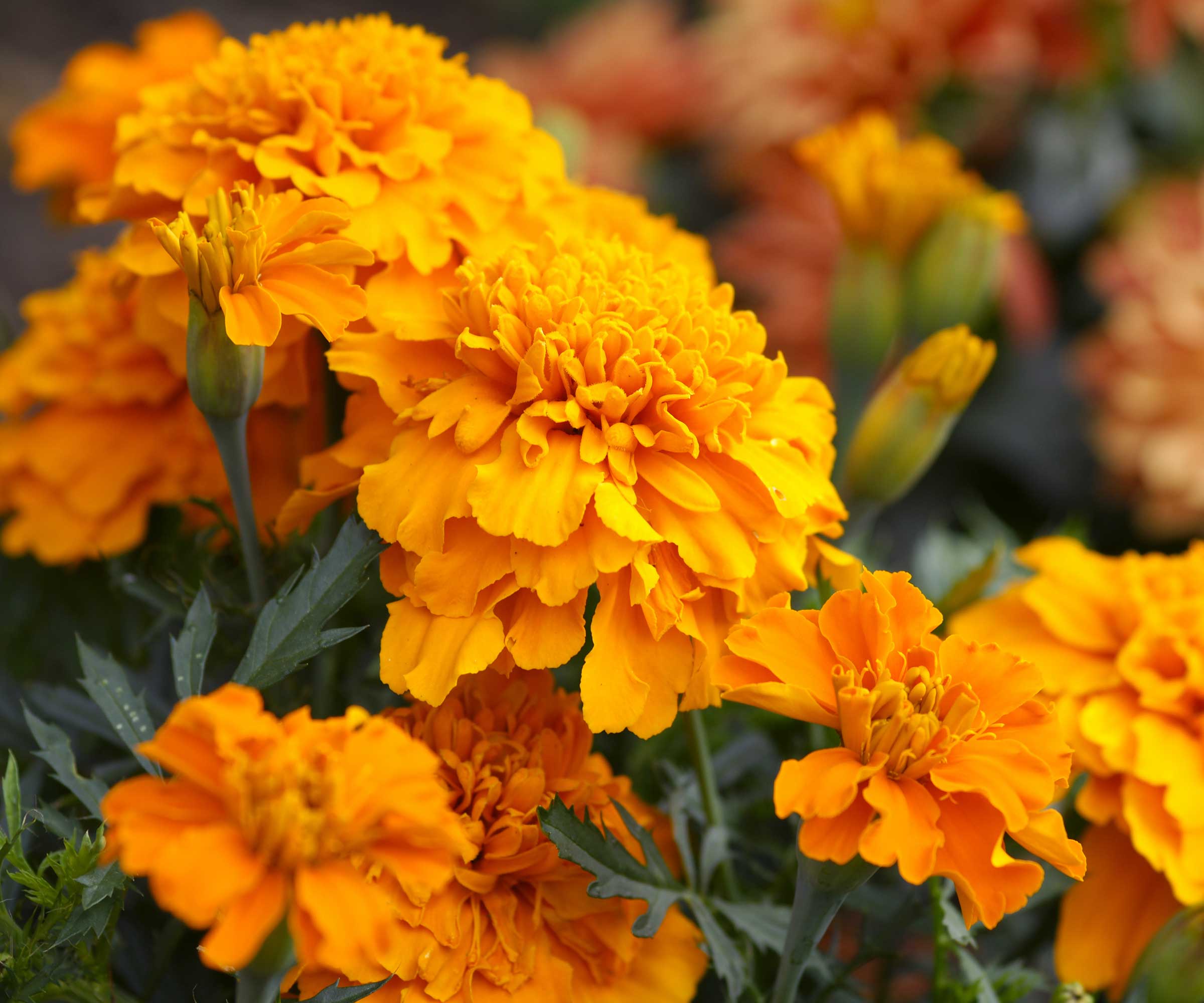
Round-headed marigolds will add statement and structure to your flower garden, as well as plenty of raw materials for confetti.
‘African marigolds are the best type of marigold if you want to add an orange or white color to your mix,’ advises Aileen Carroll, a garden consultant based in California. ‘These big pom-poms have more than 100 petals per flower.’ You can find gorgeous varieties of marigolds in plant and seed form at Burpee.
These annuals like full sun and hot, dry conditions. Marigolds grow well in moist sand or loam, and do better in poor soil with compost added than in really rich soil which can lead to a lot of greenery rather than flowers.
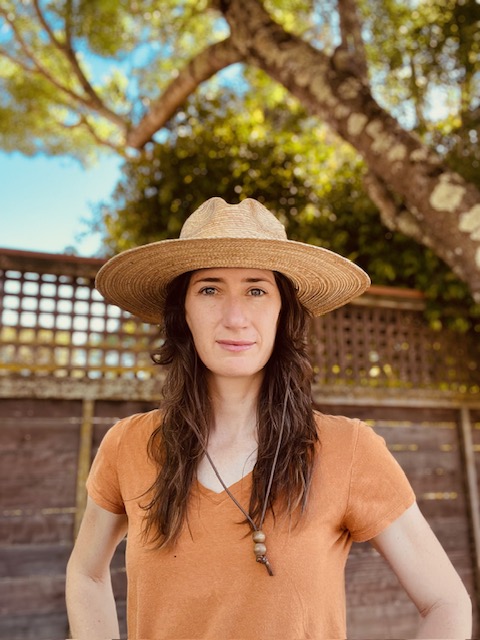
Aileen is a nursery manager and a 'professional green thumb' based in Napa Valley, CA.
5. Cornflowers
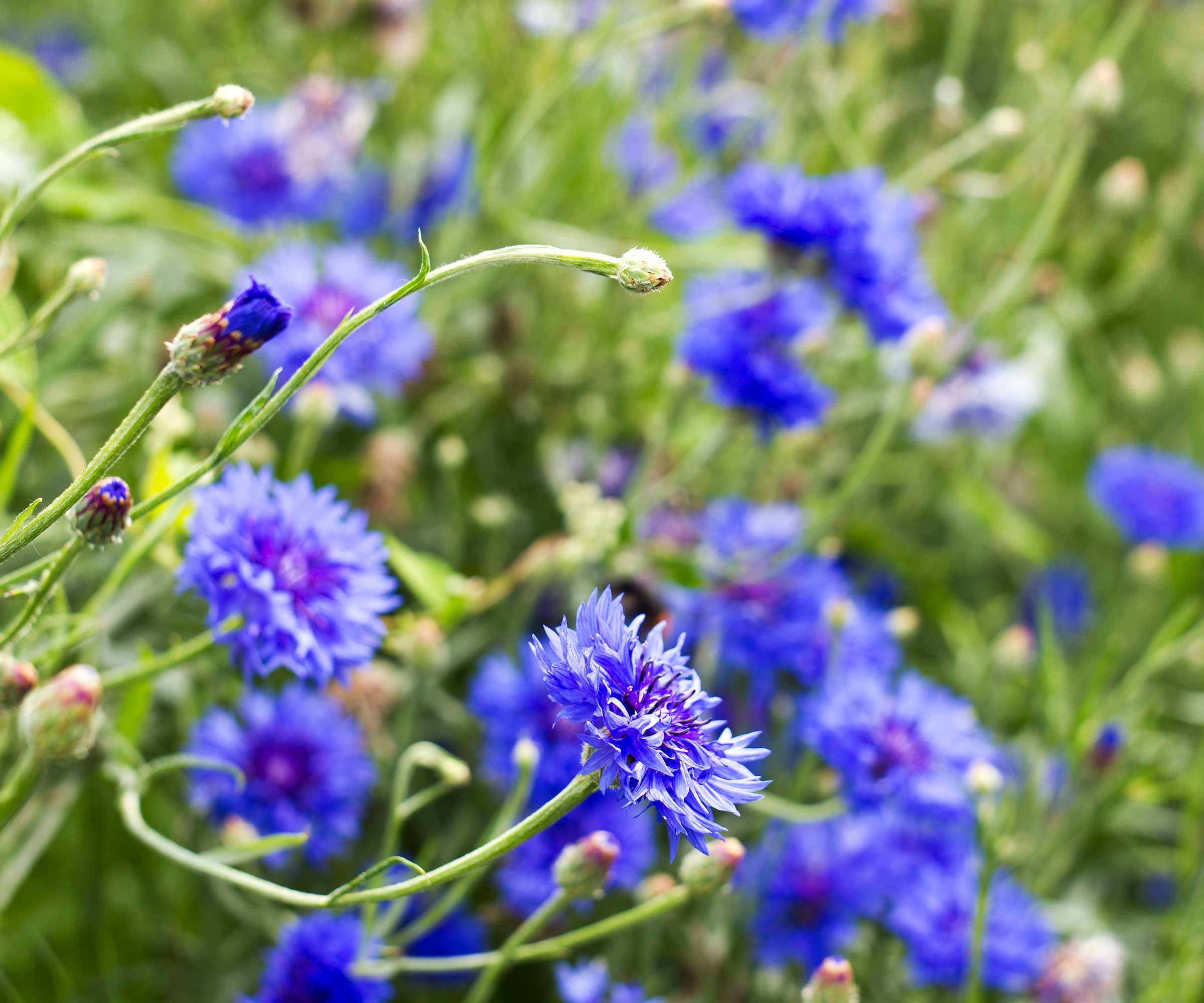
For something blue, add cornflower to your bridal bunch. ‘Also known as bachelor buttons, they can have vivid blue petals which add a fun element to a confetti mix,’ says Aileen Carroll. ‘These plants often take two years to bloom so if you’re planting from seed be sure to plan far ahead or try to source starts at the garden center.’
The shaggy petaled, true blue annual wildflower earned its nickname from a tradition when men wore a cornflower in a buttonhole of their suit to show they were in love or ready for courting. This later translated to them being used in the groom and best man’s boutonnieres. It likes sunshine, alkaline soil and grows well in US hardiness zones 2–11.
6. Hydrangeas
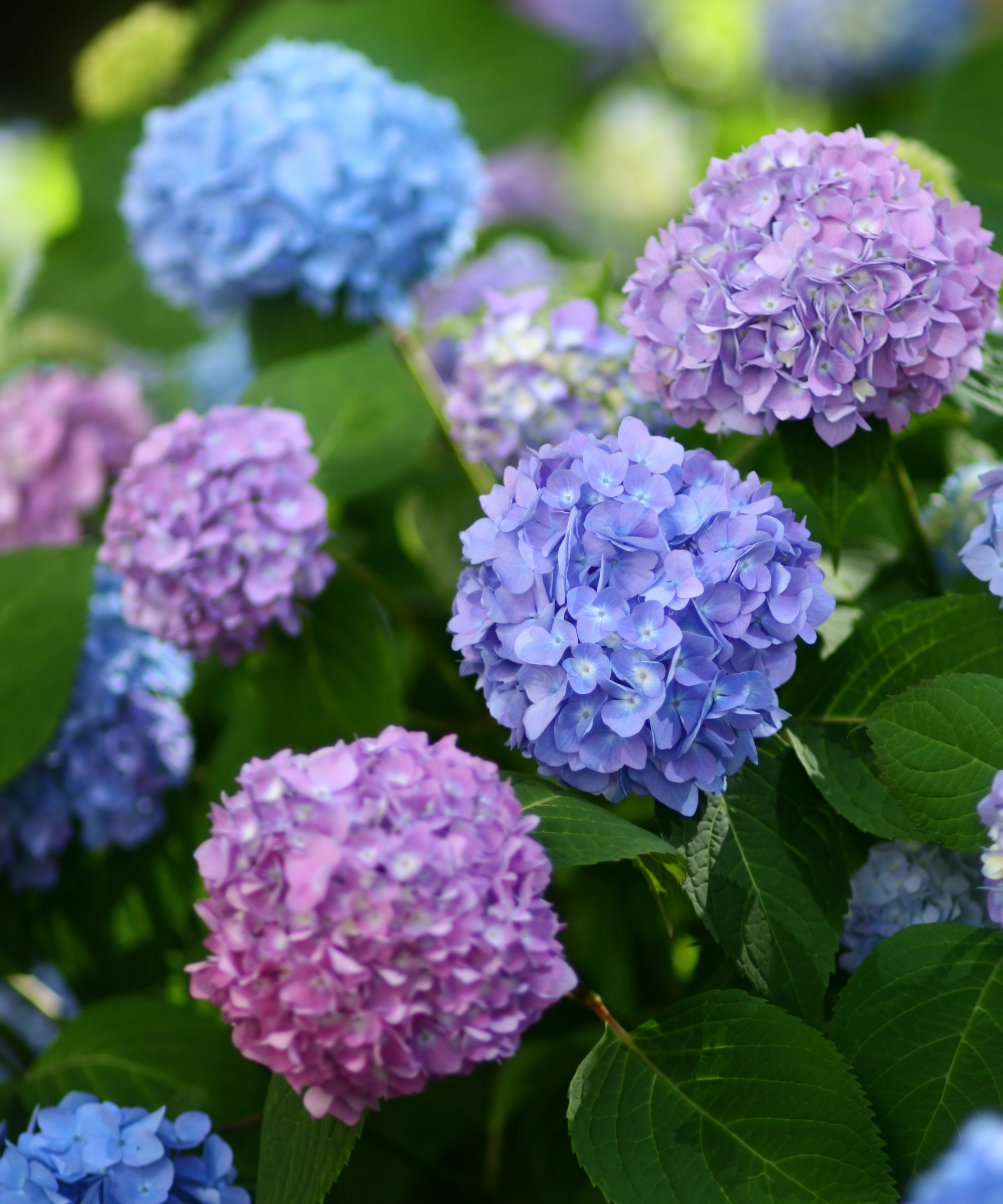
Like marigolds, the ball or cone-like heads of the hydrangea, a perennial that grows in zones 3-9, will provide plenty of petals for a throwable potpourri.
‘They are the best flowers for homegrown wedding confetti,' says florist Hannah Beaton. ‘They dry easily, each plant has multiple flower heads, and they retain their color after drying. A single hydrangea head contains a large number of petals that will flutter beautifully and add vibrant colour to your photos.
‘Hydrangeas come in various colors, but soil pH affects their hue, so plan and test your soil in advance. They thrive in loam soil (mixture of sand, silt, and clay) that retains moisture well. The best part? After cutting them back at the end of summer, they grow back with even more flower heads, quickly establishing a beautiful plant in your backyard.’

Hannah is the owner of The Brighton Florist and creates modern, bold, and sculptural designs to wow on the big day. She uses locally grown, seasonal flowers to minimise the event's carbon footprint.
7. Delphiniums

Towering columns of delphiniums are a classic if you want to create an English-style cottage garden, and another wonderful option for confetti.
‘They have similar-sized petals and maintain their color well when dried, though each plant has fewer petals compared to hydrangeas,’ Hannah says. ‘Delphiniums thrive in moist, free-draining soil and plenty of sun, and come in stunning shades of pink, purple, and blue.’
Most delphiniums are hardy perennials, though there are some annual and biennial varieties. They like cool-to-moderate temperatures, so thrive in USDA hardiness zones 3-7. High humidity and excessive heat can cause the tall flowers to wilt.
FAQs
How do I dry flower petals for confetti?
‘Use a dehydrator, such as this one from lowes for roses,’ recommends Aileen Carroll, a garden consultant based in California. ‘Setting rose petals out in fresh air to slowly dry up sounds simple enough, but you will keep the true color of the flower if you dehydrate them. You can even repurpose a vinyl garment rack cover with a zipper to create a dehumidifier chamber.’
For the big blooms with plenty of flowers on them, such as hydrangeas and delphiniums, simply hang the stems upside down in a warm, dry place like an outhouse during summer. Once dried, pick off the petals and store them in a dry, airtight container away from sunlight to preserve their color.
If you have the time to plan, growing your own confetti would add a super romantic and extra personal tough to your wedding celebrations. We have plenty of flower growing guides to help you too, from delphiniums to wildflower meadow blooms.

Alison is a contributing gardens writer for Homes & Gardens, writing on a range of topics from plant care to garden design. She has recently landscaped the outside space of her Victorian home, replacing crazy paving and cracked slabs with new lawn, and is currently cultivating a fruit bed.